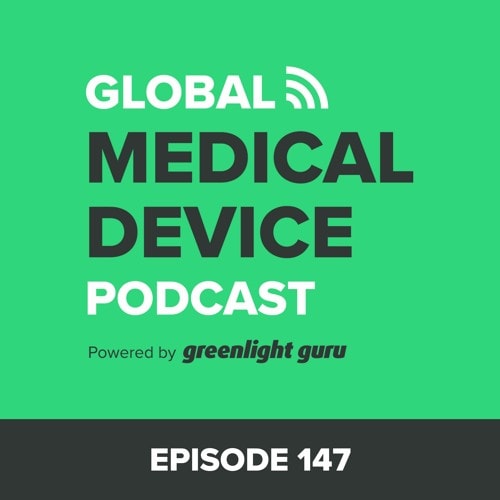Shownotes
Does your software as a medical device (SaMD) function properly? Does it meet the needs of the end user? What are the expectations for post-market clinical surveillance and real world evidence for SaMD products in particular?
In this episode of the Global Medical Device Podcast Jon Speer talks to Kevin Coker, co-founder and CEO of Proxima Clinical Research. Kevin shares tips and advice on what companies need to know about clinical evaluation and validation for their Software as a Medical Device (SaMD).
Some of the highlights of the show include:
- What IS SaMD? Software intended to be used for a medical purpose without being a part of the hardware of the medical device.
- What ISN'T SaMD? Hardware that doesn’t need to be updated to function, such as a pacemaker or other embedded medical devices.
- IMDRF documents capture, evaluate, and monitor SaMD categories of classification for critical or non-critical functions.
- EU MDR delay means big changes to classification rules for categories, specifically SaMD status and amount of evidence that needs to be collected.
- Three Key Components of Clinical Evaluation:
- Scientific Validity: Does software have a valid clinical association between software and targeted clinical condition?
- Analytical Validation: Does software correctly process data the same way, every time?
- Clinical Validation: Does software accurately and reliably achieve the intended purpose for the target population?
- Clinical Evaluation vs. Clinical Trial: Gather existing data for the same or similar intended use. A clinical trial is not always necessary to generate and justify evidence.
- Importance of Independent Review(er): Objective outside party analyzes SaMD to make sure it’s safe and effective to use for critical decisions.
- Real World Evidence: Collect a broad dataset to better understand adverse events, conditions, and comorbidities that impact a medical device on society.




